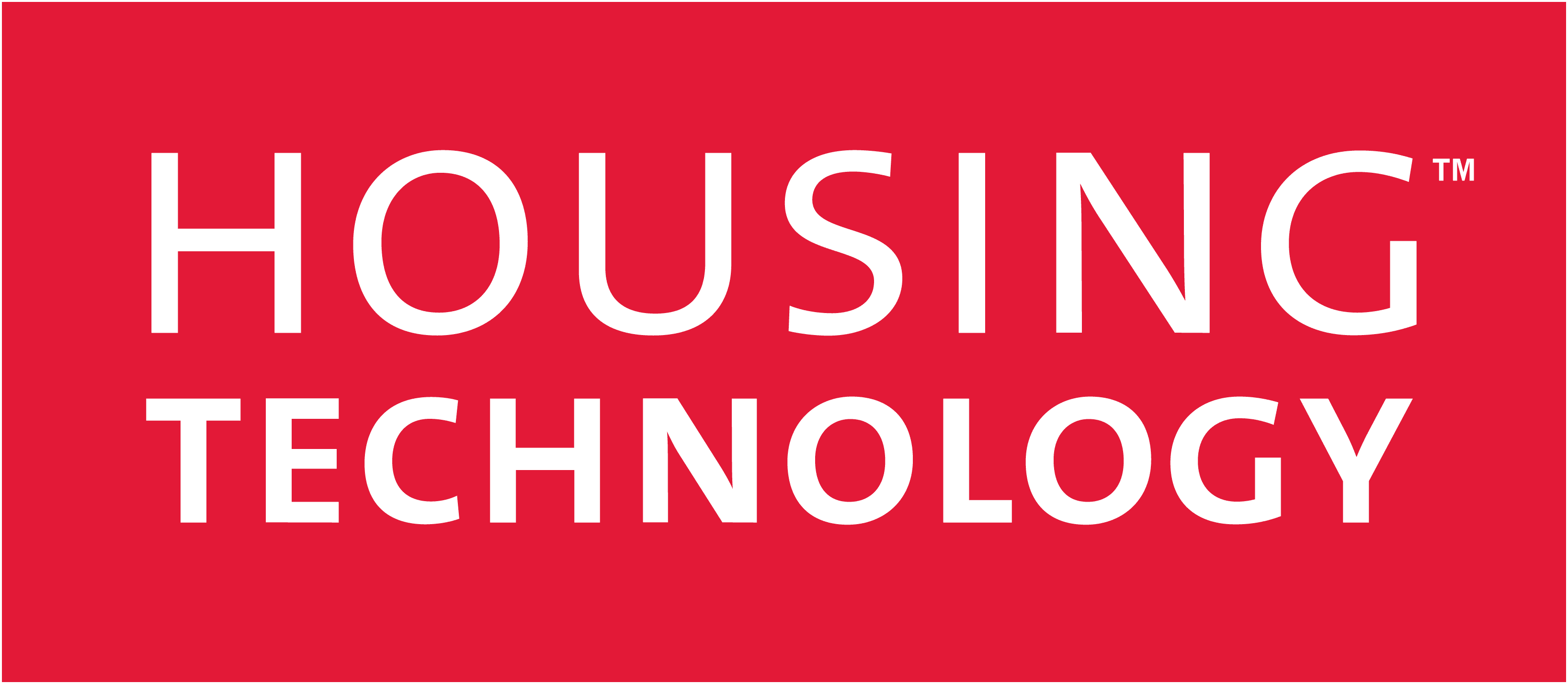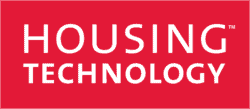Why has performance management in the social housing sector failed to deliver? Traditionally, performance management and reporting has focused on boardroom measures and regulatory compliance. In most cases, gathering and distributing this information is a manual process, resulting in a substantial drain on time and resources and making it costly to produce, prone to errors and of limited value by the time information is presented. The results are static, such that the measures cannot be drilled down into or expanded on to understand the root causes or underlying trends.
Further, the KPIs that prove goal fulfilment – those measures that senior management, operations and analysts should be measuring and monitoring – are unavailable, and what’s being analysed at a management or operational level fails to support those executive goals. Operational or departmental reporting, such as performance measurement of responsive repairs, voids and arrears, is typically left to overworked analysts, again manually extracting, integrating and manipulating data in spreadsheets.
The result is organisational misalignment and an information vacuum causing decisions to be made on intuition rather than with insight.
Changing regulations, the recession’s impact on the availability of funding and tenant/customer incomes, a number of new initiatives and funding challenges, such as the Universal Credit and housing benefits ceilings which will present housing providers with new opportunities to generate revenues as well as threatening existing ones, are all driving a need for housing providers to empower their employees with greater information access.
Data warehousing for performance management
A data warehouse is the fundamental repository in which all the necessary data from multiple sources is consolidated to deliver the organisation’s reporting. It contains all the information that the board, regulators, senior management, departmental heads and analysts need to make informed decisions. Without a data warehouse, a performance management system is nothing more than a redundant tool, and if the data queried by the reporting tool is poor quality, then the report will have little value – ‘rubbish in, rubbish out’.
Data warehousing has matured significantly in recent years, and the timescales, costs and risks associated with design and delivery have diminished considerably. They have become rapid to deliver, robust and scalable – if your data warehousing project is scheduled to take longer than ninety days, then there is something wrong with the project scope and the technology being deployed.
A data warehouse is the essential component in delivering an organisation’s complete information requirements – automated and trusted information for all consumers aligned to their role. There are some simple criteria by which to test its necessity:
1. Combining data from multiple applications for reporting
Traditionally, organisations with multiple business applications, such as housing management, repairs and maintenance, finance and CRM, have solved the problem of combining data from these sources for reporting through complex manual processes. As the volumes of data have grown exponentially, these processes have struggled to deliver against the business demands for information. They have become high cost, low value processes for report generation.
A data warehouse solves this by automating the process of data extraction, transformation, integration and error resolution.
2. Reduce the IT burden & empower business users
The performance management toolset enables end-users to build their own reports and queries, with the data warehouse removing the need for them to perform data extraction, manual integration and de-duplication exercises, which they may well lack the skills to perform effectively. Reports and queries can then be saved and scheduled to further reduce the time/cost burden, freeing analysts to analyse, rather than servicing reporting demands.
3. Time-based analysis & long-term information storage
Best-practice analysis requires the ability to report performance over time (e.g. total arrears today vs. last month or last year) but the functions of business applications often means this data is not retained in order to avoid operational system lag, or because it is overwritten as operational facts change, such as the previous occupant of a property will typically be overwritten by the new occupant. The data warehouse ensures that this information is preserved, enabling time-based analysis. Equally, ‘slowly-changing dimensions’ can be used for changing other characteristics, such as a tenant’s marital or employment status.
4. Alleviating the burden on business applications and systems
The response times of transactional applications are critical, and reporting applications perform intensive processes. Automating the extraction of data from the business applications minimises the impact on operational systems and moves the reporting burden to a separate infrastructure.
The server technologies used to produce rapid-response reporting, such as star schemas and bit-mapped indexing, may also further hinder business application performance.
5. Data cleansing and meta-data management
The processes by which data is extracted, transformed and loaded (ETL) into the data warehouse, and the tools that report on error corrections and ensure consistent business terminology, deliver one trusted repository for information. Errors from multiple applications can be cleansed and standardised, such as mismatched address fields between the housing management and finance applications.
6. Streamlining the delivery of future reporting applications
Changing business conditions frequently demand the creation of new reporting applications – the data warehouse streamlines the introduction of new data feeds and allows for multiple universes or ‘views’ to be created for each information community. At first, an organisation may only need reporting views for the executive, finance and repairs areas, but business expansion, acquisitions or the introduction of a new function, such as a development division, will require the rapid development of new reporting lines.
7. Information on demand
One of the key benefits of extracting data from transactional applications and using a web-based performance management toolset is that it enables the delivery of reporting capabilities to anyone, anywhere. Information on-demand allows organisations to extend the reach of reporting tools and information quickly, safely and efficiently.
8. Single group view
For a housing provider with a group structure and multiple business applications performing the same function across its divisions, it is almost impossible to deliver a single group-wide view of performance. The data warehouse automates the integration of these data sources, delivering a single view of performance which can then be queried by division, geography, tenancy type, etc.
If achieving pervasive information delivery across the organisation, aligned to the executive strategy and ensuring that consumers at all levels – executives, department heads, managers, operations and analysts – share the same trusted source for reporting, then a data warehouse is fundamental. It is the principle foundation of a best-practice performance management solution, and ensures automated, accurate and trusted information is available to everyone.
Tom Hughes is responsible for business development and alliances at Visualmetrics.


